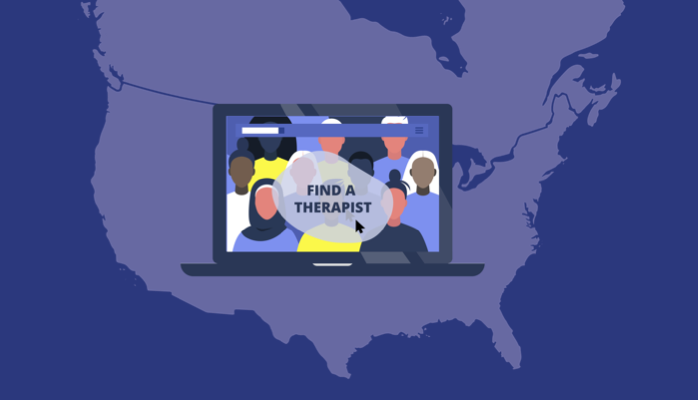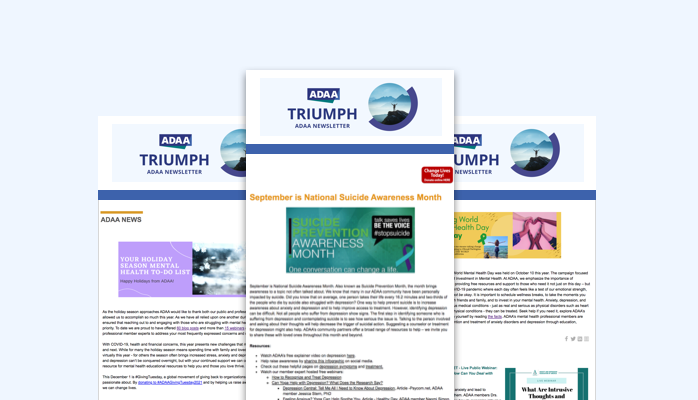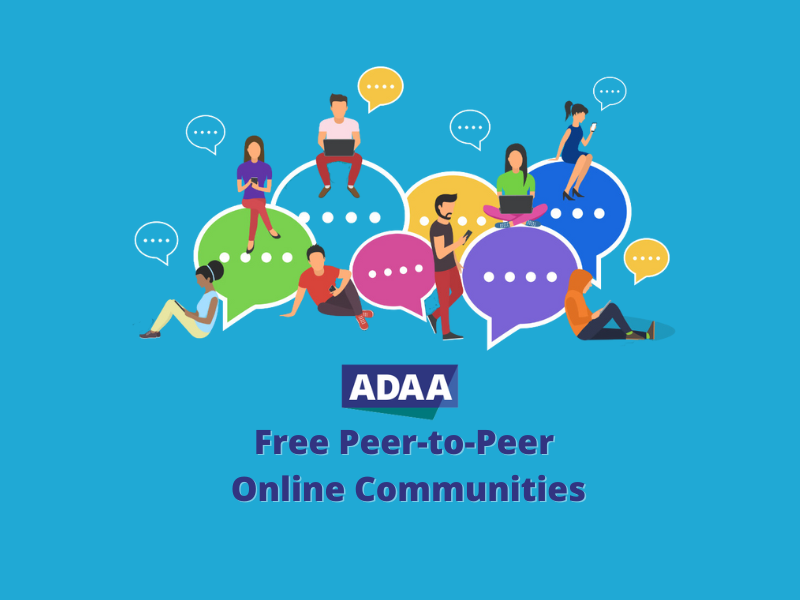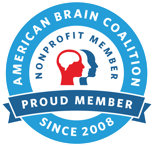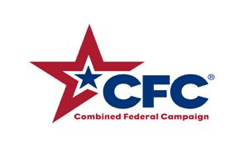Generalized Anxiety Disorder
If your child has generalized anxiety disorder, or GAD, he or she will worry excessively about a variety of things such as grades, family issues, relationships with peers, and performance in sports. Learn more about GAD.
Children with GAD tend to be very hard on themselves and strive for perfection. They may also seek constant approval or reassurance from others.
Panic Disorder
Panic disorder is diagnosed if your child suffers at least two unexpected panic or anxiety attacks—which means they come on suddenly and for no reason—followed by at least one month of concern over having another attack, losing control, or "going crazy." Learn more about panic disorder and panic attacks.
Separation Anxiety Disorder
Many children experience separation anxiety between 18 months and three years old, when it is normal to feel some anxiety when a parent leaves the room or goes out of sight. Usually children can be distracted from these feelings.
It’s also common for your child to cry when first being left at daycare or pre-school, and crying usually subsides after becoming engaged in the new environment.
If your child is slightly older and unable to leave you or another family member, or takes longer to calm down after you leave than other children, then the problem could be separation anxiety disorder, which affects 4 percent of children. This disorder is most common in kids ages seven to nine.
When separation anxiety disorder occurs, a child experiences excessive anxiety away from home or when separated from parents or caregivers. Extreme homesickness and feelings of misery at not being with loved ones are common.
Other symptoms include refusing to go to school, camp, or a sleepover, and demanding that someone stay with them at bedtime. Children with separation anxiety commonly worry about bad things happening to their parents or caregivers or may have a vague sense of something terrible occurring while they are apart.
Social Anxiety Disorder
Social anxiety disorder, or social phobia, is characterized by an intense fear of social and performance situations and activities such as being called on in class or starting a conversation with a peer. Learn more about social anxiety disorder.
This can significantly impair your child’s school performance and attendance, as well as his or her ability to socialize with peers and develop and maintain relationships.
- Watch this VIDEO: Rose, a teen, speaks about her social anxiety and how cognitive-behavioral therapy (CBT) helped her.
Selective Mutism
Children who refuse to speak in situations where talking is expected or necessary, to the extent that their refusal interferes with school and making friends, may suffer from selective mutism.
Children suffering from selective mutism may stand motionless and expressionless, turn their heads, chew or twirl hair, avoid eye contact, or withdraw into a corner to avoid talking.
These children can be very talkative and display normal behaviors at home or in another place where they feel comfortable. Parents are sometimes surprised to learn from a teacher that their child refuses to speak at school.
The average age of diagnosis is around 5 years old, or around the time a child enters school.
- Visit online: Selective Mutism Group
Specific Phobias
A specific phobia is the intense, irrational fear of a specific object, such as a dog, or a situation, such as flying. Common childhood phobias include animals, storms, heights, water, blood, the dark, and medical procedures.
Children will avoid situations or things that they fear, or endure them with anxious feelings, which can manifest as crying, tantrums, clinging, avoidance, headaches, and stomachaches. Unlike adults, they do not usually recognize that their fear is irrational. Learn more about phobias.
Obsessive-compulsive disorder (OCD) and posttraumatic stress disorder (PTSD) are closely related to anxiety disorders, which some may experience at the same time, along with depression.
Obsessive-Compulsive Disorder (OCD)
OCD is characterized by unwanted and intrusive thoughts (obsessions) and feeling compelled to repeatedly perform rituals and routines (compulsions) to try and ease anxiety. Learn more about OCD.
Most children with OCD are diagnosed around age 10, although the disorder can strike children as young as two or three. Boys are more likely to develop OCD before puberty, while girls tend to develop it during adolescence.
Posttraumatic Stress Disorder (PTSD)
Children with posttraumatic stress disorder, or PTSD, may have intense fear and anxiety, become emotionally numb or easily irritable, or avoid places, people, or activities after experiencing or witnessing a traumatic or life-threatening event. Learn more about PTSD.
Not every child who experiences or hears about a traumatic event will develop PTSD. It is normal to be fearful, sad, or apprehensive after such events, and many children will recover from these feelings in a short time.
Children most at risk for PTSD are those who directly witnessed a traumatic event, who suffered directly (such as injury or the death of a parent), had mental health problems before the event, and who lack a strong support network. Violence at home also increases a child’s risk of developing PTSD after a traumatic event.
Updated September 2015


